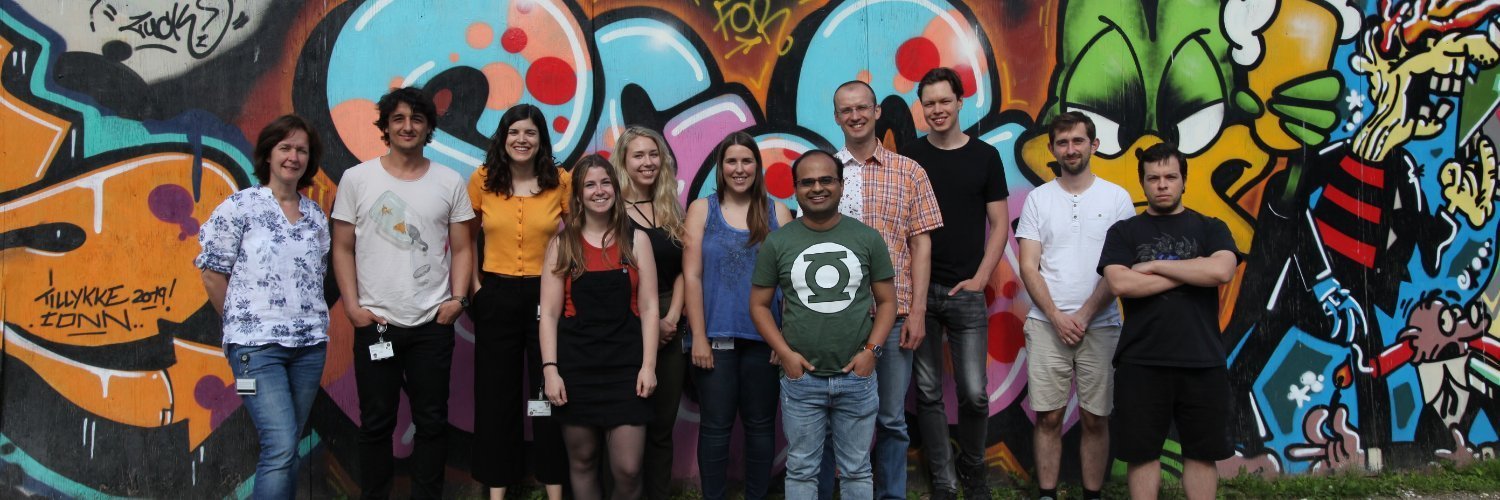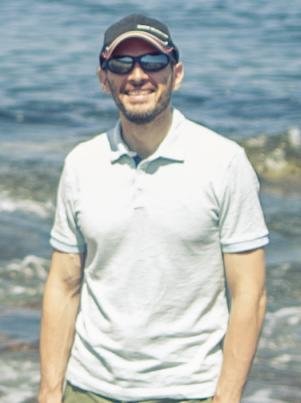
Case-control analysis of single-cell RNA-seq studies
Petukhov V, Rydbirk R, Igolkina A, Mei S, Kharchenko P, Khodosevich K
viktor.petukhov@pm.me
Description of the problem
Two conditions, multiple samples per condition, multiple cells per sample



Case samples

Control samples
Description of the problem
What cell types are affected and how?
Prepare for further experiments:
- Which subtypes should we focus on?
- Which genes per subtype should we investigate further?
Questions to existing data:
- Did some cell types change their expression in a similar way?
- Which genes changed their expression in a similar way?
- All other patterns in expression changes we can think of
Existing solutions

Existing solutions
Align samples
scVI, Conos, ..., Seurat
See the review from the Theis lab

Existing solutions
Align samples
Perform joint annotation

Existing solutions
Align samples
Perform joint annotation
Run differential expression


Existing solutions
Align samples
Perform joint annotation
Run differential expression
Run Gene Ontology analysis


Existing solutions
Align samples
Perform joint annotation
Run differential expression
Run Gene Ontology analysis
Compare cell type proportions

Existing solutions
Align samples
Perform joint annotation
Run differential expression
Run Gene Ontology analysis
Compare cell type proportions
Why it is not enough
- What cell types are the most affected?
- How exactly are they affected?
The main questions:
Why it is not enough
Number of DE genes is not an answer
- What cell types are the most affected?
- How exactly they are affected?
The main questions:

Why it is not enough
There are up to 1000 significant DE genes per type and 2795 unique DE genes in total
- What cell types are the most affected?
- How exactly they are affected?
The main questions:

Why it is not enough
There are up to 1000 significant DE genes per type and 2795 unique DE genes in total
- What cell types are the most affected?
- How exactly they are affected?
The main questions:


There are up to 300 significant GO terms per type and 796 unique terms in total
Why it is not enough
DE depends on the depth and quality of the annotation


Compositional analysis


Gene expression analysis

Case-control analysis of single-cell studies: a fresh approach
What can we possibly do?
What can we possibly do?

Gene expression analysis

Compositional analysis


Cluster-based
Cluster-free


control
epilepsy
Case-control analysis of single-cell studies: a fresh approach
Composition analysis, cluster-based


Composition analysis, cluster-based

Problem: changes are not independent
Composition analysis, cluster-based


Composition analysis, cluster-free
Control
Multiple sclerosis



Composition analysis, cluster-free

Wilcoxon test between samples



Expression analysis, cluster-based
What cell types are affected the most?



Expression analysis, cluster-based
What cell types are affected the most?



Expression analysis, cluster-based
What cell types are affected the most?


Expression analysis, cluster-based
What cell types are affected the most?

Expression analysis, cluster-based
What cell types are affected the most?

Expression analysis, cluster-based
Can we trust differential expression?


Expression analysis, cluster-based
Can we trust differential expression?

Expression analysis, cluster-based
Can we trust differential expression?


False discoveries

Signal
Expression analysis, cluster-free
Differential expression on single cells


Expression analysis, cluster-free
Differential expression on single cells


Expression analysis, cluster-free
Differential expression on single cells


control

epilepsy
Expression analysis, cluster-free
Differential expression on single cells




control

epilepsy
Differential expression
Expression analysis, cluster-free
Differential expression on single cells




Expression analysis, cluster-free
Differential expression on single cells




Expression analysis, cluster-free
Gene programs on single cells





Program 1
Expression analysis, cluster-free
Gene programs on single cells

Program 2




Expression analysis, cluster-free
Expression distances



Gene expression analysis
Compositional analysis
Cluster-based
Cluster-free
Summary







Thank you!


Konstantin Khodosevich lab
Peter Kharchenko
- Rasmus Rydbirk
- Anna Igolkina
- Shenglin Mei
Co-authors
viktor.petukhov@pm.me